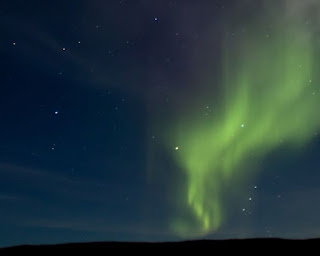A number of countries are competing to make nuclear fusion for a new energy source often called artificial sun. China has even developed an artificial Moon. Well, it turns out there are also artificial aurorae.
The aurora sky phenomenon is an interesting thing to see because of the beauty of the colorful light. The aurora seen at the north pole is called the aurora borealis and at the south pole is called the aurora australis. NASA is trying to create a phenomenon like this in 2019.
The creation of this aura is part of AZURE’s mission, which aims to understand more about how auras move in our atmosphere. As part of a research project, the scientists decided to create an aurora to be tracked. Two rockets were launched from the Andøya Space Center to create an artificial aurora.
Scientists are still trying to understand much about the aurora. They are not yet sure how the magnetic field of the aurora and the Earth relate, so all sorts of new experiments are needed to uncover the secrets of the aurora.
Recent experiments
Recently a group of physicists from the University of Iowa, USA revealed how auroras occur and they managed to create auroras using technology.
They proved that light is produced by strong electromagnetic waves that accelerate electrons to Earth during geomagnetic storms.
This theory was first put forward by a Russian scientist in 1946. With a proven theory, last June, scientists were able to recreate the aurora borealis using a plasma device in the laboratory of the University of California UCLA, Los Angeles, USA.
The aurora incident
Scientifically, auras occur because the Earth’s atmosphere interacts with charged particles emitted from the Sun. As solar activity increases, charged particles from the Sun can enter the magnetosphere and affect the current system in it.
As a result, geomagnetic storms and disturbances in the ionosphere occur. Then these charged particles that enter the Earth’s atmosphere interact with the ionospheric particles to produce green, blue, purple, and red light that we call the aurora.
Tags
SCIENCES


